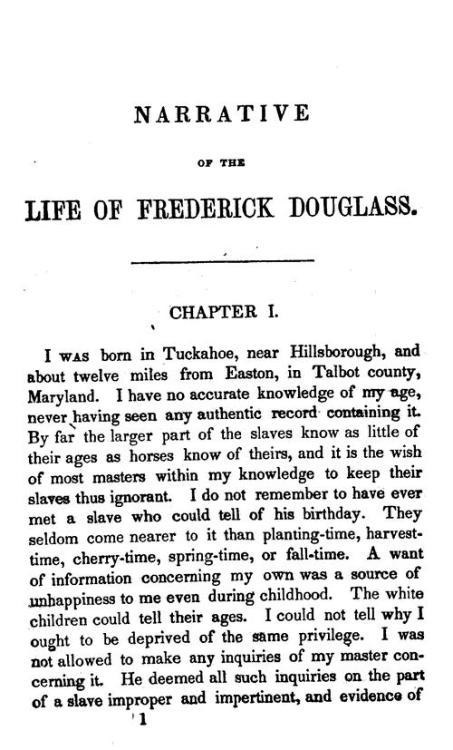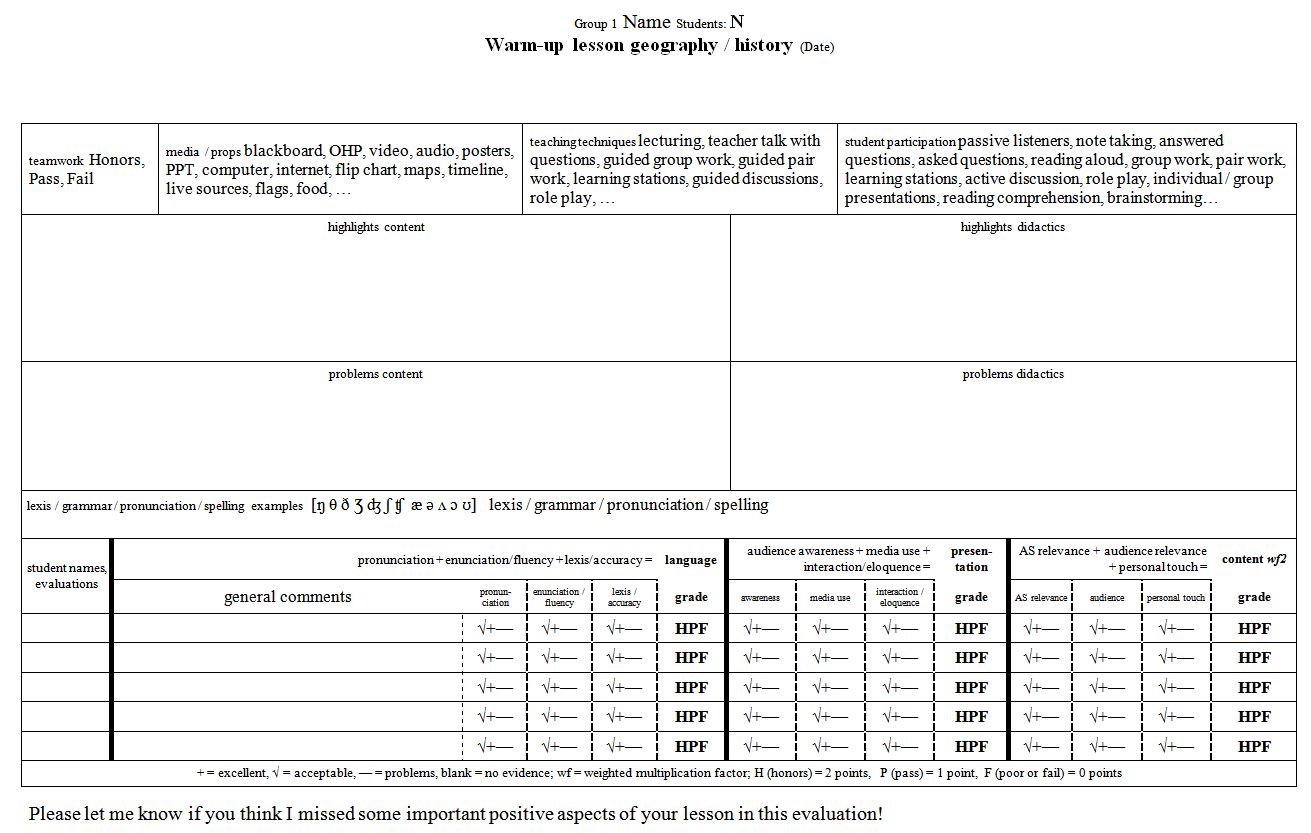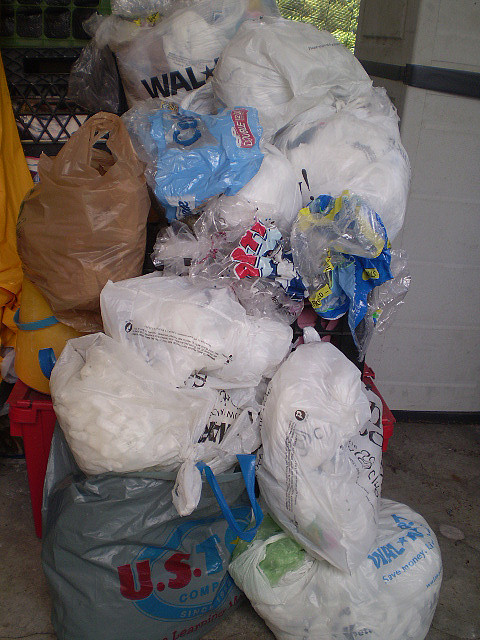Everything You Need to Know About Dysarthria in Children.
Following an evaluation with a speech-language pathologist, the first child may be diagnosed with a suspected Childhood Apraxia of Speech (sCAS), the second child with CAS, and the third child with pediatric dysarthria. The four-year-old may be diagnosed with a phonological disorder and the last child likely presents with an articulation disorder.
Dysarthria is difficulty speaking caused by brain damage or brain changes later in life. Symptoms of dysarthria. A child or adult with dysarthria may have: slurred, nasal sounding or breathy speech. a strained and hoarse voice. very loud or quiet speech. problems speaking in a regular rhythm, with frequent hesitations. gurgly or monotone speech.

Childhood dysarthria refers to a speech difficulty that may occur following an injury or disease to the brain, cranial nerves or nervous system. Injury or disease to the speech musculature may also cause dysarthric like symptoms. When the part of the brain that controls speech production is damaged, the link from the brain to the muscles of speech is affected. Dysarthria can present in varying.

Childhood dysarthria. Childhood dysarthria is a motor speech disorder which occurs after damage to the speech centres of the brain, cranial nerves or nervous system. The severity will depend upon the type of injury and the individual affected. What is childhood dysarthria. Childhood dysarthria is a speech difficulty categorised as a motor.

Childhood Dysarthria Congenital or Developmental: The neurologic insult takes place at birth or prior to the development of speech and language Acquired: The individual may have developed some speech and language skills prior to the.

Essay on Dysarthria and Aphasia 1345 Words 6 Pages Dysarthria and Aphasia Definition Dysarthrias or commonly known as Dysarthria, refers to a group of speech problems where sounds may be slurred, and speech may be slow or effortful.

What is Dysarthria? Dysarthria is a motor speech disorder. The muscles of the mouth, face, and respiratory system may become weak, move slowly, or not move at all after a stroke or other brain injury. The type and severity of dysarthria depend on which area of the nervous system is affected.Some causes of dysarthria include stroke, head injury.

The adult classification of dysarthria correlating with the pathophysiology of the motor systems is usually applied to classify acquired childhood dysarthria. However, the validity of this adult.

Acquired childhood dysarthria: Review of its clinical presentation. Pediatr Neurol 1997;17:299-307. Introduction Dysarthria is a motor speech deficit in neurologic disorders. Rate, strength, and coordination of the muscles subserving speech may be impaired to different degree. affecting articulation, prosody, resonance, respiration, and phonation. Darley et al. 1 1,2 1 analyzed speech in 212.

Comparison of Childhood Apraxia of Speech, Dysarthria and Severe Phonological Disorder (Some or all of these characteristics may be present. Consult with a Speech-Language Pathologist who is experienced in the diagnosis of motor speech disorders for a definitive differential diagnosis) Verbal Apraxia Dysarthria Severe Phonological Disorder.

Dysarthria happens when you have weak muscles due to brain damage. It is a motor speech disorder and can be mild or severe. Dysarthria can happen with other speech and language problems. You might have trouble getting messages from your brain to your muscles to make them move, called apraxia.

Dysarthria is a condition in which the part of your brain that controls your lips, tongue, vocal cords, and diaphragm doesn't work well. It's hard for you to move those muscles the right way. It.

Essay Types Of Multiple Sclerosis ( Ms ) patients with disorders that are secondary to their diagnosis. MS is no exception, with dysarthria, a motor speech disorder in which the muscles used for speech production are weak, and dysphagia, a swallowing disorder, being two of them.


